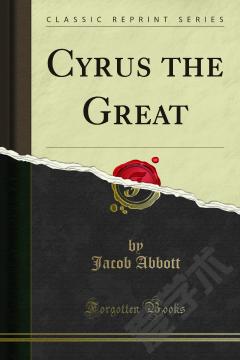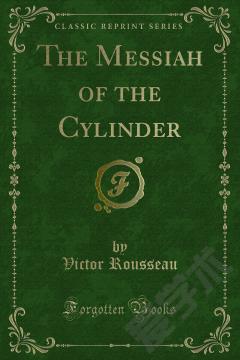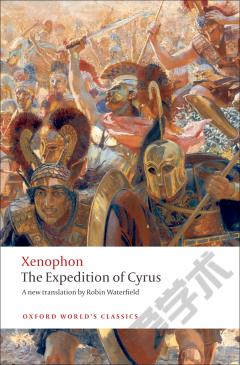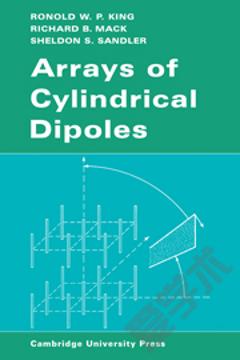The Cyrus Cylinder
Some historical artfacts are destined forever to alter how the ancient world is perceived. The unerathing in today's Iraq (in 1879) of a clay cylinder-shaped decree from Cyrus the Great, founder of the Achaemenid dynasty of Persia, stands in the same traditin of game changing discoveries from antiquity as Hammurabi's famous lintact tom of the boy-king Tutankhamun. For the Cyrus Cylinder contains in microcosm the whole history of its period. Inscribed with an account of the conquest of Babylon in 539 BC by the Persian king, it records an event which launched one of the greatest imperial adventures in history. It describes Cyrus' capture and deposition of NabondiuBabylonian ruler (represented by the Cylinder text as an oppressor of his own people), and proclaims the Persian, aided by the god Marduk, as a liberator. His annexation of Babylon was to become the platform upon which the Achaemenid military machine built its later vast imperium. But the Cylinder is more than an ancient exercise in propaganda.It has been celebrated as the world's first declaration of human rights, and an international symbl of religious tolerance, setting out the decree from which Cyrus freed the Jews in Babylon : an event recorded by Isaiah. Few other objects from antiquity are invested with so many hopes for the future. This important volume is the first to discuss the Cylinder and its remarkable history. Written by internationally respected authorities from the British Museum, it offers a fresh consideration of its subject in the light of new discoveries. Included here is a complete new translation of the Cylinder inscription using recently identified but previously unpublished sources. Archive materials have allowed a fresh investigation of the circumstances of the original nineteenth-century find by Hormuzd Rassam, and a reappraisal of the mysterious 'Chinese bone' forgeries. The book also discusses the extraordinary and evolving history of Cyrus' timeless message: a message that continues powerfully to resonate.
{{comment.content}}








 京公网安备 11010802027623号
京公网安备 11010802027623号